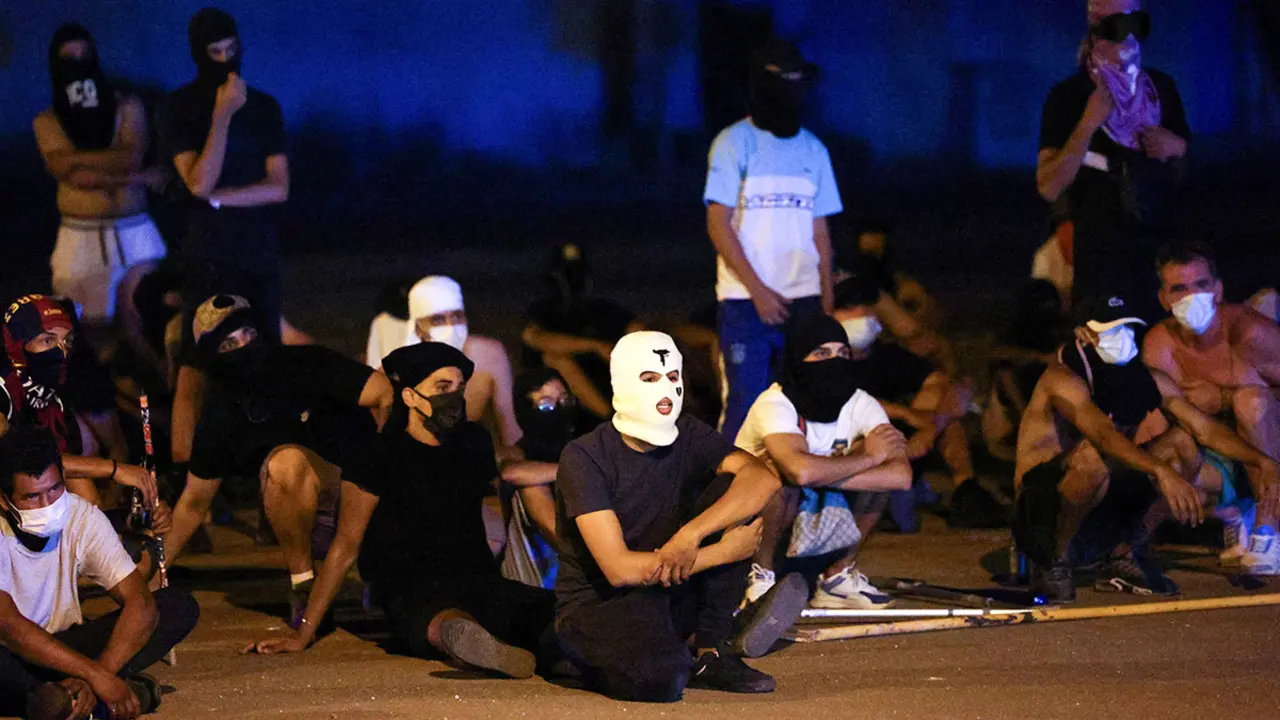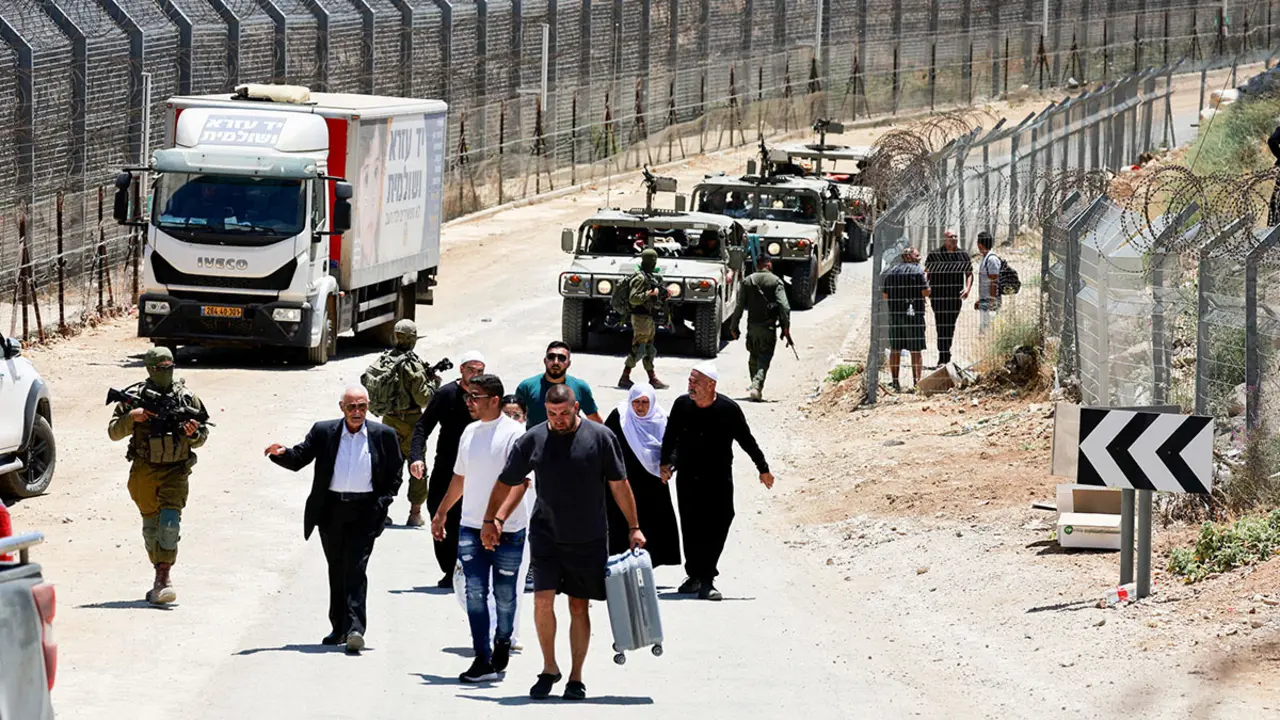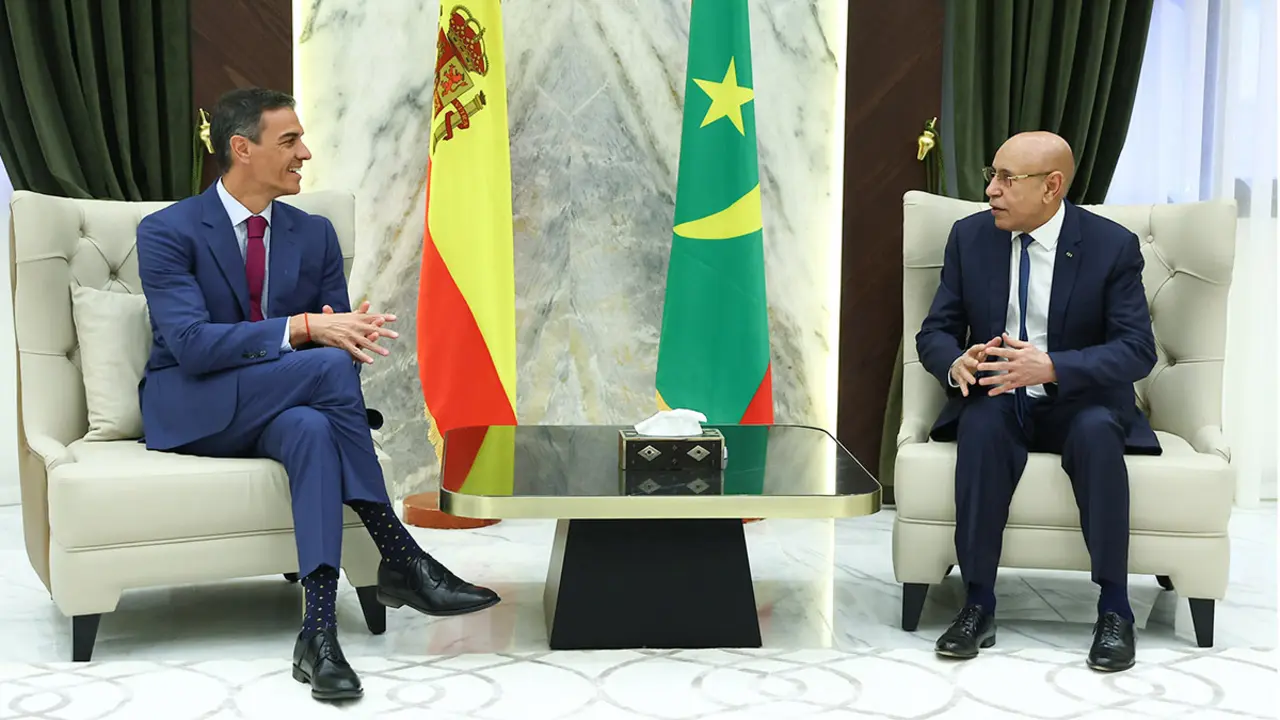India and China agree to de-escalate while continuing to strengthen their borders

India and China agreed to follow a process of understanding for de-escalating border tension in a further attempt to settle the crisis through diplomatic channels, while the armies of the two Asian giants continue to reinforce their presence on the border.
After over three months of military escalation and clashes on the border, which have left at least twenty Indian soldiers dead and dozens injured, the foreign ministers of India, S. Jaishankar, and China, Wang Yi, agreed in Moscow on the need to achieve results through negotiation.
The meeting, which took place late yesterday in the margins of the Shanghai Cooperation Organisation (SCO) summit, and was announced this Friday in a joint declaration, is the latest in a series of high-level agreements.
The ministers' reiteration of their commitment is received as fresh impetus after months of fruitless talks aimed at reducing tension and the military presence on their borders, which has been growing since their troops clashed in a brief but aggressive skirmish on 10 May.
In today's statement, the foreign ministers agreed that the current situation "is not in the interests of either party. They therefore agreed that the border troops on both sides should continue their dialogue, withdraw quickly, maintain the appropriate distance and ease tensions".
However, months of talks have not stopped India or China from strengthening their military muscle at the border.
India maintains an incessant flow of military trucks transporting troops and supplies from Kashmir to Ladakh, the region bordering China, the epicentre of the biggest confrontations of recent months. Police sources assured Efe that "every day some two or three hundred military trucks travel to Ladakh, more than 30 % of the usual".
For its part, the Chinese Army's Military Command in Tibet has begun to test the use of drones for logistical functions such as the distribution of food or medicine during manoeuvres in the region, which borders India.
Yesterday China's state television CCTV published images showing soldiers of the People's Liberation Army (PLA) mounting and loading drones for the distribution of food to troops who are conducting manoeuvres at an altitude of 4,500 metres.
"The video shows that China is preparing for possible future conflicts while military and diplomatic negotiations with India continue," said military analyst Song Zhongping, quoted today by the state newspaper Global Times. The images were released hours before the meeting of the Indian and Chinese foreign ministers in Moscow.
The video shows a supply operation using land and air assets, a logistical combination that "could be vital, if PLA soldiers were to come into conflict," Song said.
"This type of logistics," he believes, "is key to the performance of soldiers in military conflicts, and logistical support can be very difficult in complex plateau areas" such as Tibet.
Ministers reiterated in today's statement the need to adhere to existing agreements and protocols on border issues between China and India, and to avoid "any action that could aggravate things", although this commitment has so far failed to end the crisis.
Indeed, it was during this period of de-escalation that, on 15 June, in a border clash in the Galwan valley in the western Himalayas, the nations witnessed the worst incident of this kind in 45 years in which at least 20 Indian soldiers died and 76 were injured. Although China did not report any casualties, the Indian government has stated that it caused equal or worse damage to the opposing side.
Earlier this week, India and China accused each other of firing shots in the air with "aggressive" intentions at the border after alleged attempts to enter the opposing territory. This is the first time in decades, according to Indian military records, that either side has resorted to bullets anywhere along the 3,500-kilometre border from Ladakh to distant Sikkim in northeast India.
This, the most recent episode of tension on the border, occurred on Monday, three days after the Indian defence minister, Rajnath Singh, and his Chinese counterpart, Wei Fenghe, agreed in Moscow on the need to settle the border tension through dialogue and military de-escalation.








